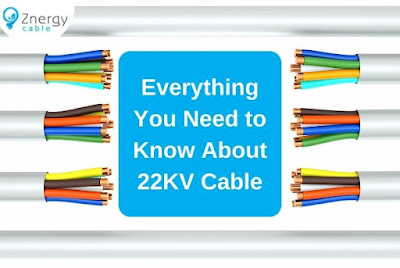7 Reasons why copper cables are used as electrical cables

You might have noticed that copper is a widely used material in approximately every electrical cable. But what is the reason behind it? Every electrical device, from a kettle to enormous blast furnaces, has some bare copper. Copper is now used in practically every part of life and is regarded as the crucial component in altering electrical science due to its exceptional physical and electromagnetic capabilities. The most traditional engineering wires that can be utilized for repairing and replacing damaged electric lines are bare copper electric cables . What are the various types of copper electric cable used for? Copper has been a staple material in numerous electrical applications since the development of the telegraph and electromagnet. When copper wire was utilized as an electrical conductor in the development of the telephone and later as a key component in power generation and transmission systems, its demand increased. Copper is now a necessary metal that is utilized




.jpg)